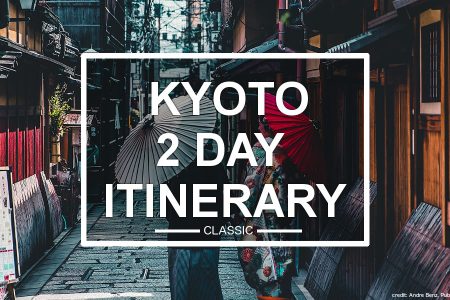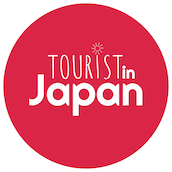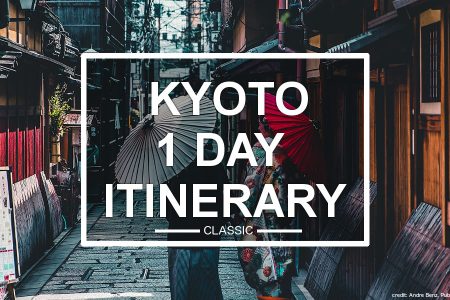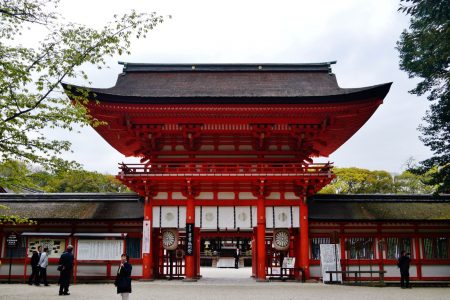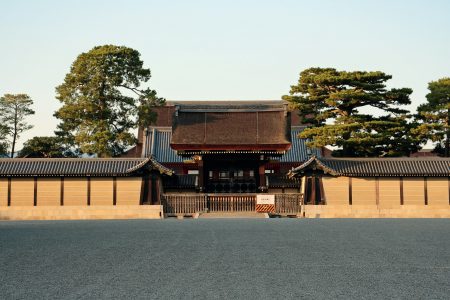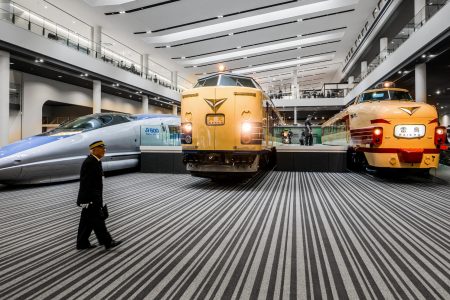With around 1.5 million citizens, Kyoto is only ranked as the approximately 8th largest city in Japan. However this historic city, which was the capital of Japan for over a 1000 years, is probably the most visited in the country. With an incredibly rich history, uncountable ancient buildings and more than 1600 temples, Kyoto was spared during the …
